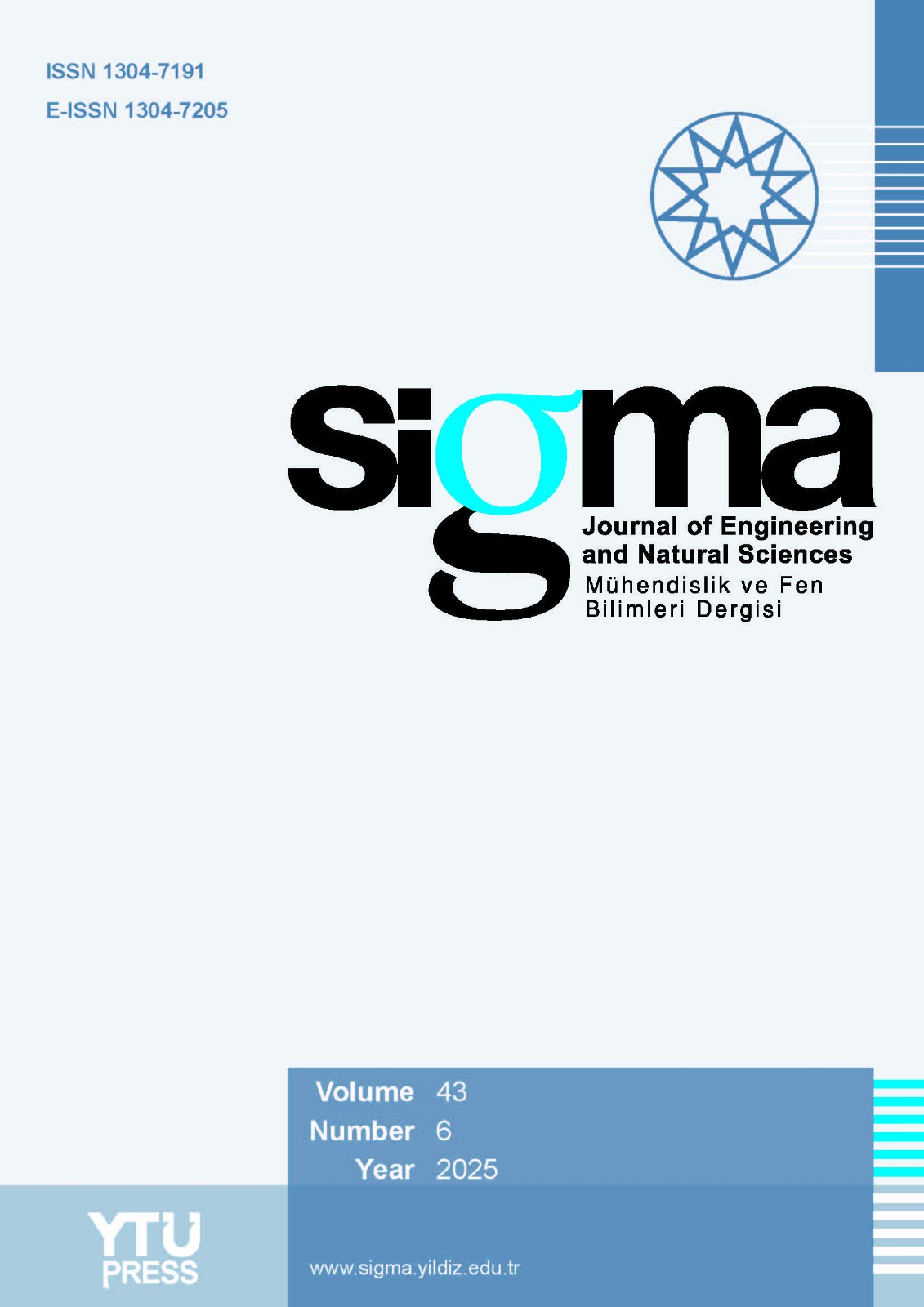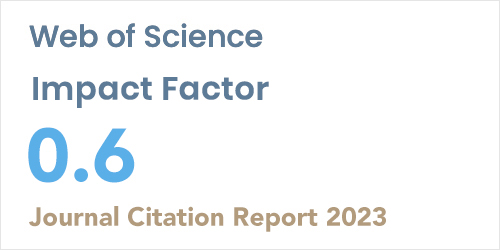2Torun Metal Alaşımları Metal Sanayi ve Ticaret A.Ş., GOSB, Gebze, Kocaeli, 41480, Türkiye
3Department of Mechanical Engineering, Marmara University, İstanbul, 34722,Türkiye
Abstract
The use of brass alloys in pipelines and other fluid-carrying systems is widely recognized. The rolled or extruded bars are often machined to produce the manufactured products from these
materials. When incredible machinability is required, leaded brasses are frequently employed. Leaded brass usage is prohibited, nevertheless, in systems that deal with environmental and human health hazards. In this study, three types of available brasses in EUA7038 (Brass for European Potable Water Applications List) leaded (CW617N), low-leaded (CW511L) and lead free (CW724R) brasses haves been taken into consideration in terms of machinability; cutting forces, entry and exit burr height, subsurface microhardness, and microstructures. Experiments have been performed using several levels of feed and cutting speed on the mentioned materials during drilling tests. According to the obtained results, compared to leaded brass materials, low-leaded and lead-free brass materials showed more subsurface deformation. CW511L displays a sharper amendment rate of the in both entry and exit burr height with an increase in feed compared to CW724R and CW617N. It is significant to note that the machinability values for CW511L, CW724R, and CW617N are 1.4, 1.8, and 1.95 times, respectively.














